Kia and Uber may develop dedicated ride-hailing EVs
Kia wants to identify ride-hailing-specific options through Uber and may integrate new technologies and services, including battery-as-a-service models. Feasibility studies and prototypes may proceed with the production of dedicated Uber PBVs.
Kia only debuted the PBV strategy to focus on modular electric cars, software, robotics and autonomous driving last week at CES; the company gave it the form of the Concept PV5 and expects to launch the series EV in 2025. Also in the yet-to-be scheduled pipeline are the PV5 High Roof, PV5 Van, PV5 Chassis Cab, PV5 robotaxi and PV5 Pickup.
While all variants will be based on the same modular base model, each will offer a unique set of characteristics, writes Kia, and now added “further Uber-specific optimisations tailored for the ride-hailing market”.
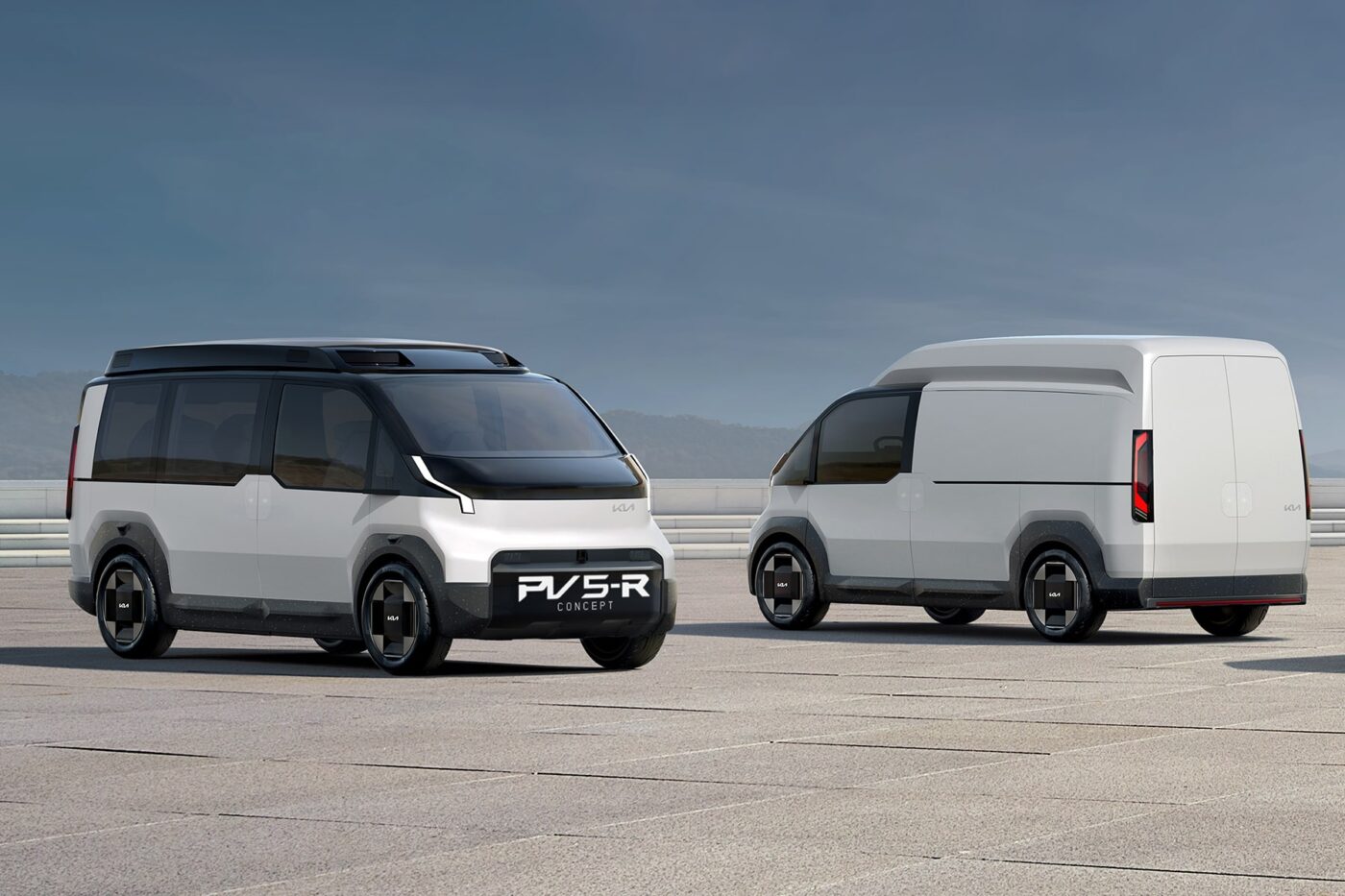
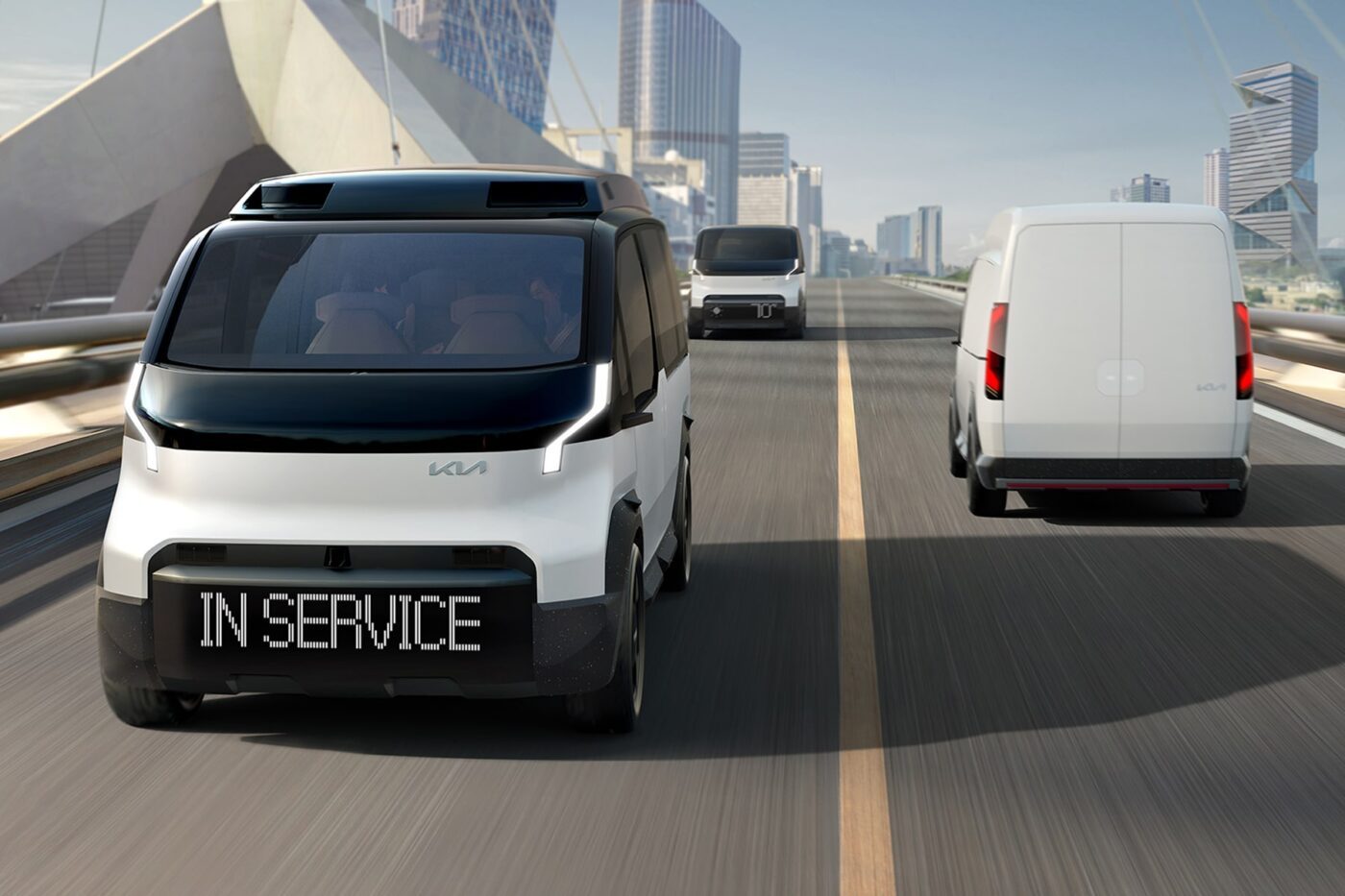
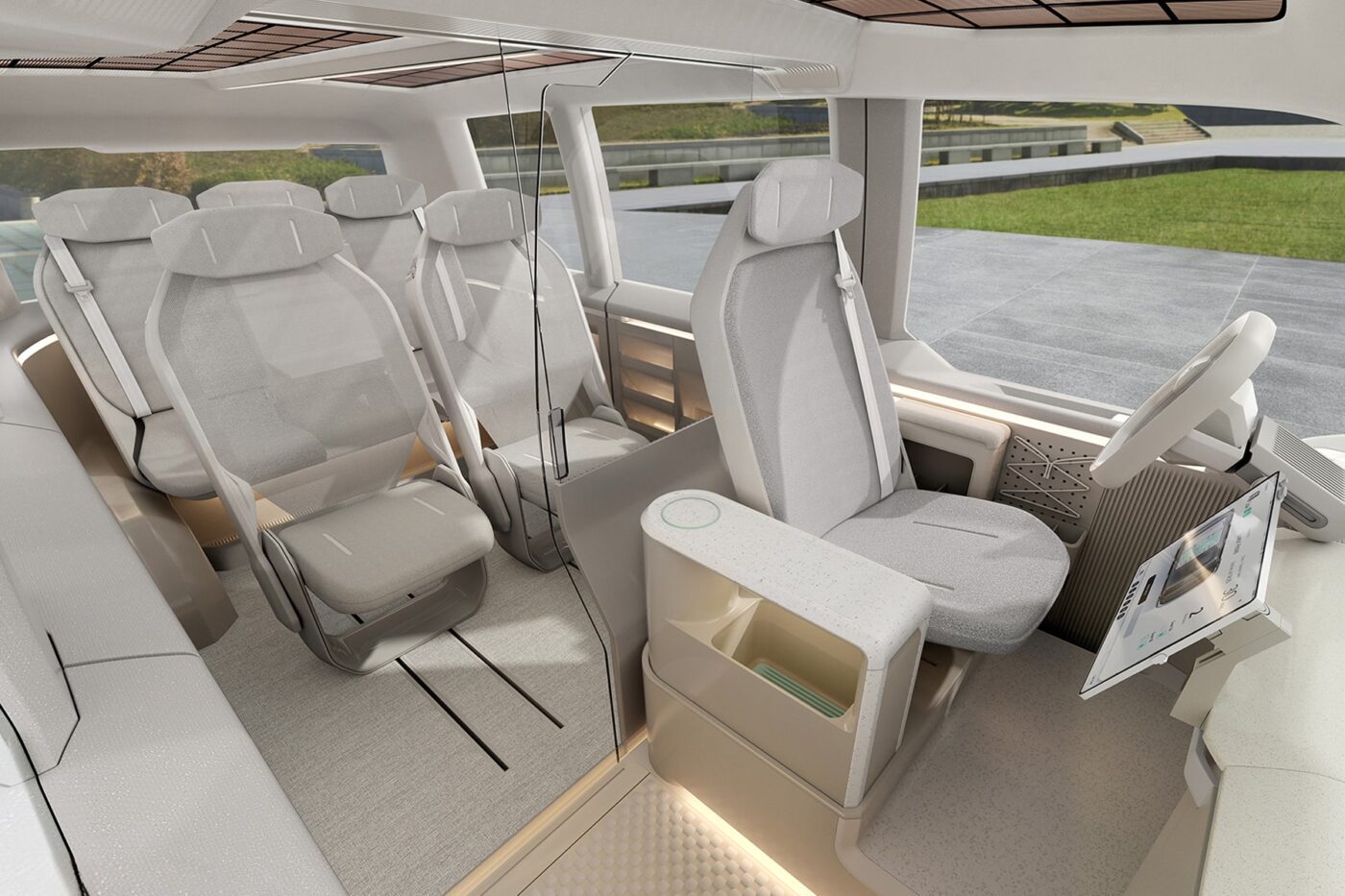
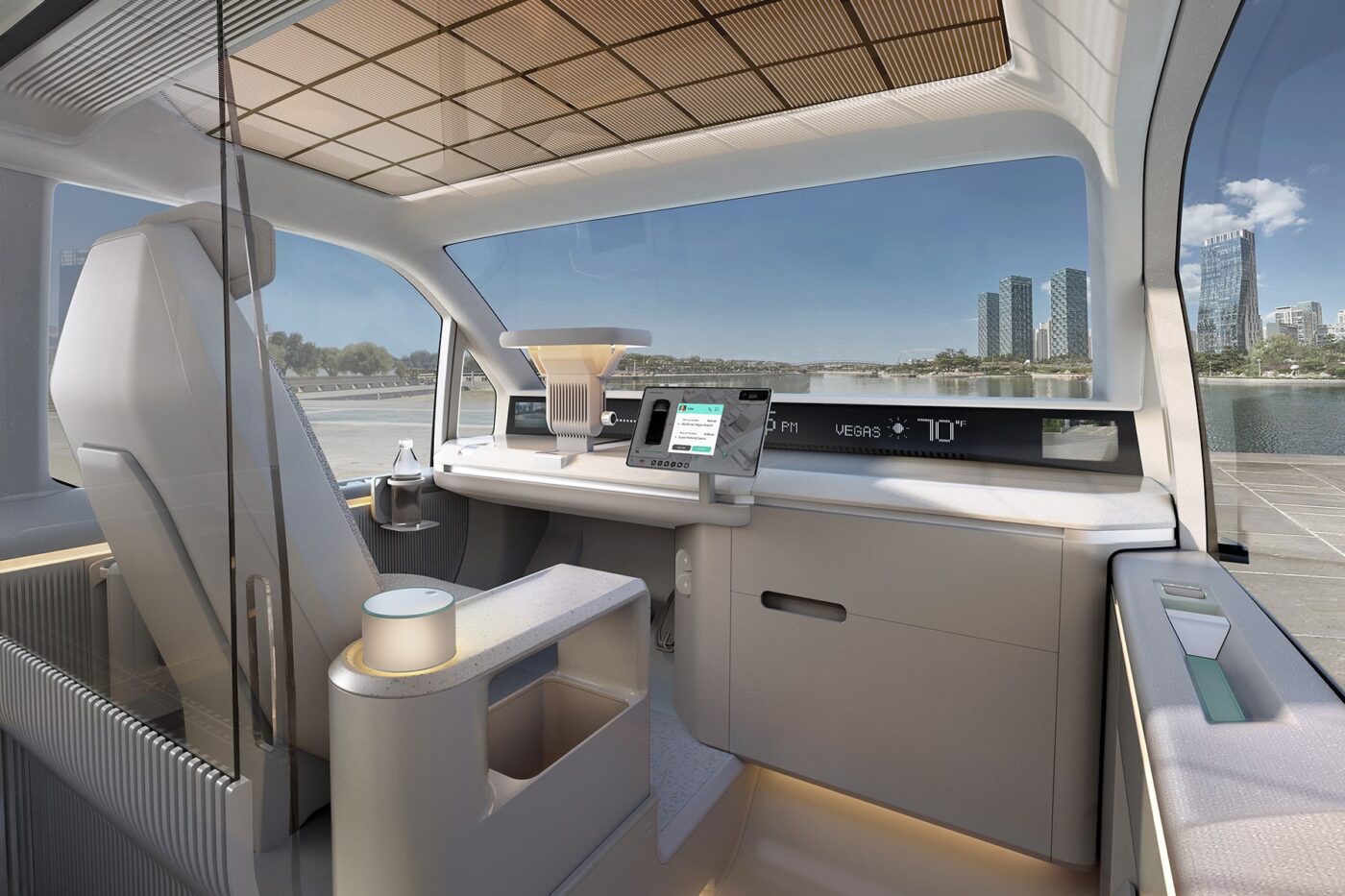
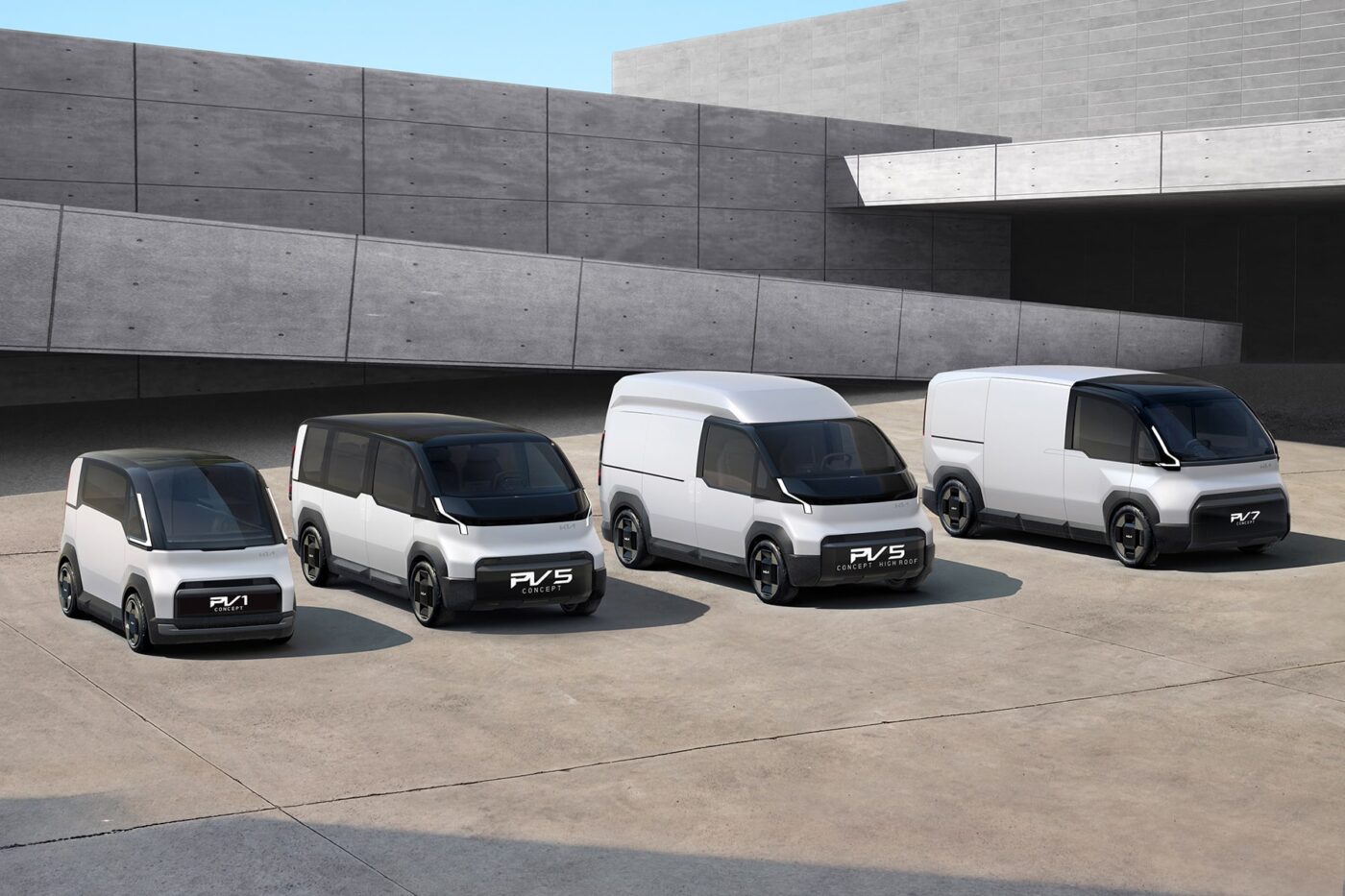
Accordingly, Kia introduced the ‘Easy Swap’ technology, meaning the vehicle chassis comes with interchangeable upper bodies coupled with hybrid electromagnetic and mechanical technology. This helps “turning the PBV into a taxi during the day, to a delivery van at night, and a personal recreational vehicle on weekends,” wrote Kia at the CES debut.
In today’s news, the company is adding services to come under the ‘Platform-Beyond-Vehicle’ label, emphasising advanced software and integrated services. Kia lists personalised riding environments, such as climate and sound control and interactive rear-seat entertainment systems, among future developments, as well as optimised connectivity in the short term.
The companies also have experience working together. Kia Flex allows drivers to choose Kia vehicles on the Uber platform in several US states. The carmaker added today that the expansion of Kia Flex will offer Uber drivers a comprehensive vehicle package, including EV options, insurance, and maintenance.
“Drivers on the Uber platform are already EV early adopters, going electric six to seven times faster than the general population in the US and Europe,” said Susan Anderson, Vice President, Global Head of Business Development.
As for the PBVs, these will be built in South Korea. Kia already mentioned large doors with a pillarless opening, an extended wheelbase for a comparatively large, flat interior and a retractable steering wheel for an “office-like environment” in the cockpit as features of the vehicles. Operation is said to be simple and intuitive, and the vehicle is designed to be robust and solid. Kia also mentions the extensive use of sustainable materials such as bioplastic, PCM (post-consumer material) plastic, organic paint, recycled PET fabric, felt and yarns, and bio-PU foam, which should create “new aesthetic values.”
“PBVs will play a key role in the customisation of mobility, and by partnering with Uber, Kia aims to deliver industry-leading technology with advanced software and services to enhance the ride-hailing experience,” said SeungKyu (Sean) Yoon, President & CEO of Kia’s businesses in the US.

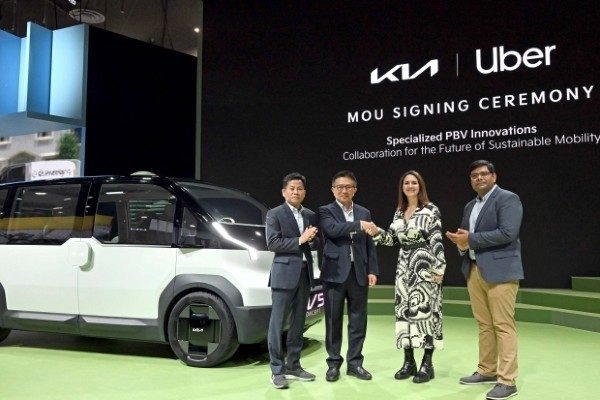

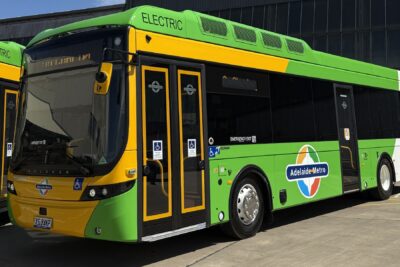

0 Comments